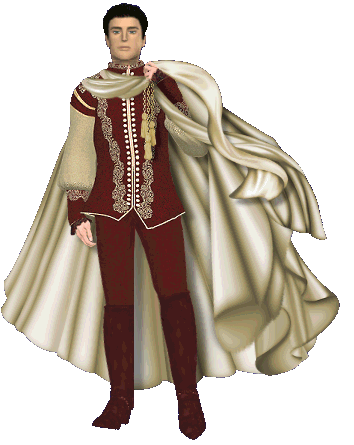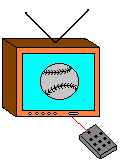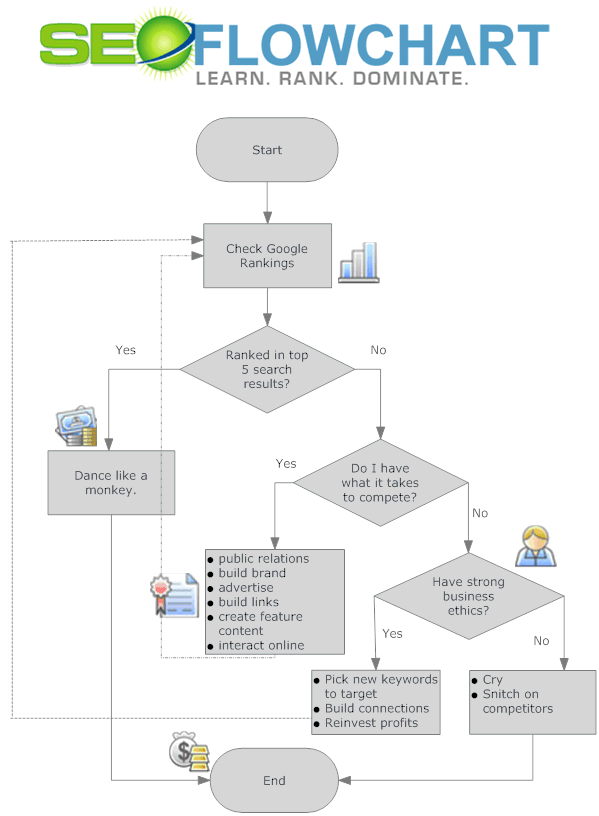You’re selling more than a direct benefit. You’re selling an image, which is an intangible benefit. What kind of image best fits your advertising strategy? Mr. /Ms. Everyman, or Mr./Ms. Ideal? Celebrity, wise older person, neighbor, foil, helpful handyman, or someone else? Goddess or “girl next door”? Wise, older person or helpful handyman?
Just as it is in movies and stories, television commercials will use stock characters: characters that are easily recognized as a certain type of character. Since television commercials are much shorter than television programs, it’s much more important for advertisers to rely on stock characters to get their messages across.
In addition to the stock characters we’ve just mentioned, you’re likely to see a nerd, a tough Marine sergeant, a grumpy old man, or “typical” teenagers. Yes, we know: Teenagers are anything but typical, but there are certain types you easily recognize.
Just as it is in movies and stories, television commercials will use stock characters: characters that are easily recognized as a certain type of character. Since television commercials are much shorter than television programs, it’s much more important for advertisers to rely on stock characters to get their messages across.
In addition to the stock characters we’ve just mentioned, you’re likely to see a nerd, a tough Marine sergeant, a grumpy old man, or “typical” teenagers. Yes, we know: Teenagers are anything but typical, but there are certain types you easily recognize.
To better understand the meaning of the term stock character, let’s look at the four types of characters you’re likely to see in books, on television, or in the movies:
1. Stock character: a character that’s easily recognized as a certain type of person. The reader (or viewer) remembers having seen someone like that in many other stories, so he knows what to expect of that character.
2. Flat character: a character that is not recognized as a certain type of person, but he is recognized as a person in a certain type of situation. The reader can know little or nothing about the person himself.
3. Stereotype: a character that is recognized as representing a certain racial group or other group. It’s usually an unfair or even insulting characterization.
4. Rounded character: a character who is developed enough that there can be only one person like him. The hero of a story is almost always a rounded character.
Let’s look a bit more closely at stock characters you’ve probably seen in movies, in books, or on television.
 One example is the wicked witch. It doesn’t matter if it’s the sea hag in "The Little Mermaid, " the Wicked Witch of the West in The Wonderful Wizard of Oz, or the witch in the cartoon Cinderella. You know what to expect of each one of them because you’re familiar with the character type.
One example is the wicked witch. It doesn’t matter if it’s the sea hag in "The Little Mermaid, " the Wicked Witch of the West in The Wonderful Wizard of Oz, or the witch in the cartoon Cinderella. You know what to expect of each one of them because you’re familiar with the character type. Cinderella’s fairy godmother was the same character type as Glinda, the Good Witch of the North in The Wonderful Wizard of Oz. Both were wise, supernatural, mother/protectors cast after a model similar to Guanyin, Mazu, or the Virgin Mary.
Then there’s the kindly, grandmotherly type. Whether she’s the mermaid grandmother in The Little Mermaid, Aunt Bee on the television series Andy of Mayberry, or the grandmother in a Porky Pig cartoon, we feel as if we know her the moment she appears on screen.
Then there’s the flat character. That’s a character you recognize in a particular situation, but you don’t feel as though you know that person. In the movies, television shows, and commercials, the actor who plays the part is called an extra.
If, for example, two people in a commercial were deciding whether to buy one brand item or another, you may see a cashier standing nearby. The cashier is in the store because you expect a cashier to be in the store. His only purpose in the commercial is to make the commercial look more like a real-life situation.
In a crowd scene, it doesn’t matter if the woman in the blue dress is standing near the back of the crowd or near the front. She’s just a person in the crowd.
Think about the fairy tales you’ve read. You feel as though you know the main character. Take Cinderella, Snow White, Sleeping Beauty, and the Little Mermaid, for example. Each has a personality that makes her different from the other three. They’re what you’d call rounded characters.
On the other hand, take a look at the handsome prince that appears in each story, or the sisters of Cinderella and the Little Mermaid. They’re all alike. If you had the Cinderella’s prince switch places with the mermaid’s prince; and you had Snow White’s prince switch places with Sleeping Beauty’s prince, no one could tell the difference. They’re so much alike that you can’t tell them apart. That’s what you’d call a flat character.
Unlike flat characters, stock characters can be developed into rounded characters. Take the kindly, easy-going, small-town cop. We all recognize the character. On occasion, however, this stock character has been developed into a rounded character. Martin Brody, the small-town police chief in the movie Jaws; and Andy Taylor, the small-town sheriff in the television series Andy of Mayberry, are of the same stock type. From this point, they were developed differently. One can hardly imagine Andy Taylor fighting for his life against a giant shark, as did Martin Brody in the movie Jaws.
The most important casting decision an advertiser must make, though, is the main character in his commercial, especially if the main character is the product spokesman. Everything about the model or product spokesman has to fit the product and the brand image.
Is your product presented as good for the body or for the target consumer’s appearances?

If it’s supposed to make the consumer look better, what part of the body does that mean? Healthier, shinier hair? A brighter, whiter smile? A prettier figure? Younger-looking hands?
Then choose a model or spokesman who already has the qualities your product is supposed to give the target consumer.
 Many models specialize in a certain area. There are hair models, face models, figure models, and even hands models. Understanding what image you want your model to project is an important part of selecting the right model. Many modeling agencies already have a good idea of which of their models are face models, figure models, and so forth.
Many models specialize in a certain area. There are hair models, face models, figure models, and even hands models. Understanding what image you want your model to project is an important part of selecting the right model. Many modeling agencies already have a good idea of which of their models are face models, figure models, and so forth. Here are a few examples of how your selection of the model must fit the benefit of using the product:
2. Brighter, whiter smile: a face model with an appealing smile.
3. Prettier figure: figure model.
4. Smoother, younger-looking hands: hands model
5. Any ad that involves a close-up of hands (such as a cell phone): hands model.
6. Smoother skin: face model
7. Other aspects of the face: eyes model or lips model.

Many advertisers use product mascots to promote their products or services. Over the years, we’ve seen Speedy (for Alka Seltzer,) Tony the Tiger (for Frosted Flakes,) Colonel Sanders (for KFC,) Mr. Clean (for a product of that name,) and the jolly green giant (for Green Giant vegetables.) Coca Cola has used a range of mascots including the Coca Cola elf, a polar bear, and Santa Claus (dressed in the Coca Cola colors.)
If people like your mascot, it can boost sales. Product mascots have been known, though, to hurt a company’s sales.
The Star-Kist tuna canners came up with a multi-million-dollar advertising campaign built around a character called Charlie the Tuna. This campaign boosted their sales by only 1.5%. Deciding that it wasn’t worth the expense, Star-Kist dropped Charlie the Tuna from its commercials. As a result, their sales dropped so badly that they were forced to bring Charlie back. Now Star-Kist is stuck with using a product mascot that does them no good.
Now it’s your turn!
Imagine what character or product spokesman should be used in your commercial. Remember, even radio and print advertisements often use stock characters.
Develop a storyboard for your commercial.




















































